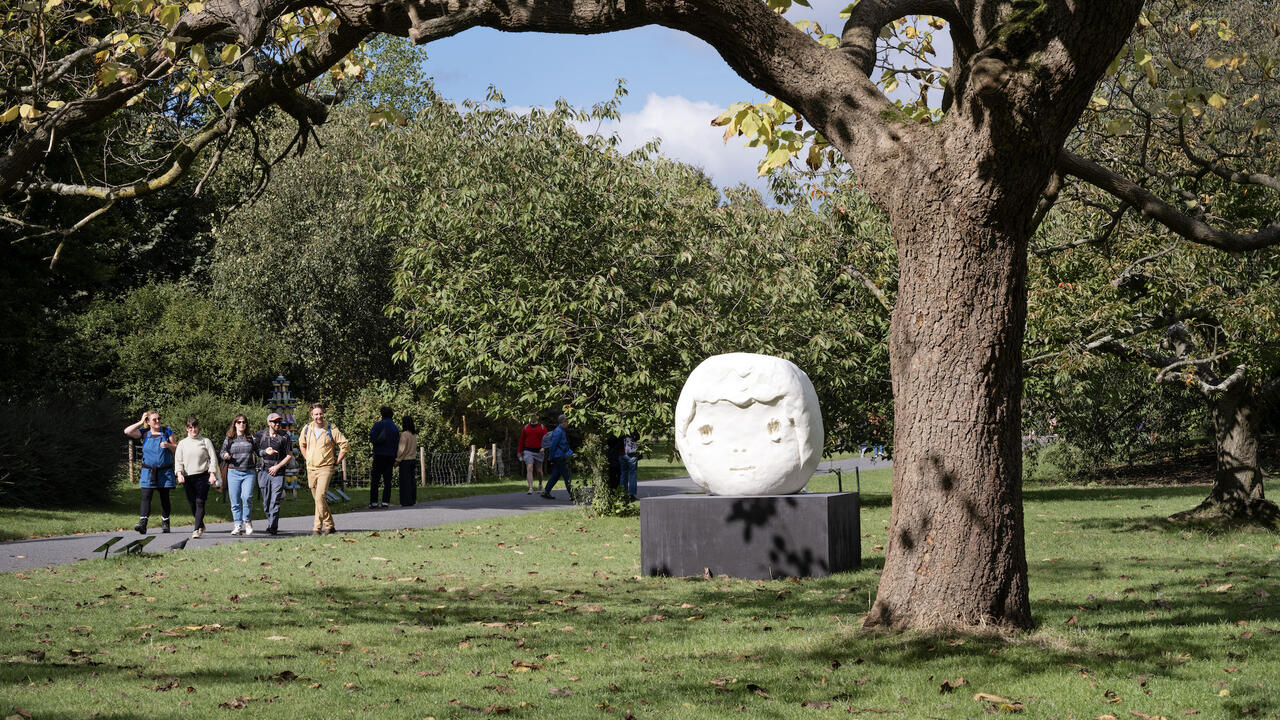What's Free About Free Space? Around the 2018 Venice Architecture Biennale
From Assemble’s marbled floor tiles to Peter Zumthor's mixed-media miniatures, Emily King reports from the main exhibition
From Assemble’s marbled floor tiles to Peter Zumthor's mixed-media miniatures, Emily King reports from the main exhibition

The theme of this year’s Venice Architecture Biennale is ‘Freespace’. Three biennales ago, in 2012, it was ‘Common Ground’. While freedom might seem a more individualistic aim than commonality, the conceptual overlap is considerable. Perhaps this is not so surprising. Usually curated by architects themselves, Venice tends to be a place where the profession envisages itself as an ideal. For this year’s curatorial team – Yvonne Farrell and Shelley McNamara, of Dublin-based Grafton Architects – like that of David Chipperfield, curator of the 2012 edition, and a large number of their peers, the ideal that emerges is a profession driven by social purpose.
Farrell and McNamara made a point of approaching the exhibition ‘as architects’, a strategy that pays off in both its venues. Once through a rope curtain at the head of the Arsenale’s Corderie, visitors can see the full length 317-metre length of the building. Counted in a rule traced along the central corridor, this expanse creates calm in a space that most art-biennale curators have turned into movie-booth hell. Over in the Giardini’s main pavilion the pair have uncovered a window by Carlo Scarpa, a pair of interlocking circles looking onto a canal at a point deep into the building where an outside view comes as a significant relief.

In the Arsenale half of the exhibition, each studio has been given roughly the same amount of space and then, it appears, been allowed to get on with it. An obvious point, but still worth making: while an art exhibition contains the thing itself, an architecture show consists of representations. This might be less of a distraction for those inside the profession, viewers more familiar with latest modes of display, but I often found it hard to look past the various mises en scène. Chief among them, though fortunately not screened in dedicated cinemas, is film, movies that range across the spectrum of slickness: at one end, a ‘long-take’ on Diller Scofidio + Renfro’s medical centre at Columbia University; at the other, the artist Ben Rivers’s wilfully low-tech impression of 6A’s quad for Churchill College in Cambridge. The former has glossy medics stopping for impromptu chats in front of panoramic windows, the latter an unexplained snake winding through a student’s well-worn sneakers.
The single suggestive object or installation, a staple of erstwhile architecture exhibitions, seems to have had its day. Toyo Ito offers a projection and beanbags, while SANAA coils some transparent Perspex, neither to much effect. Then there are the one-to-one models, effectively material samples, and the one-to-two models, which often take the form of climbing frames, including many a staircase to nowhere. Among the better of the large-scale installations comes from the Barcelona architects Flores & Prats, who illustrate their restoration of the performance space Sala Beckett with a structure that scoops light from one of the Corderie’s windows to create an illuminated puddle on the floor, an echo of a tactic they are using in the building itself. Likewise eye-catching is an adaptable love seat on skateboard wheels, a capricious prototype from Peter Salter and Fenella Collingridge.

Over in the Giardini, the distinct galleries of the Italian Pavilion improve participants’s chances of making a statement. Among the most striking is that of the architecture collective Assemble, who have paved a domed room with marbled tiles made in the Liverpool-based Granby Workshop, a venture they founded in 2015 as part of the urban regeneration project that won them that year’s (controversial) Turner Prize. Toward the back of the building on a raised platform is a series of models from the Swiss virtuoso Peter Zumthor. Among the very few traditional models included in Farrell and McNamara’s exhibition, Zumthor’s multi-material miniatures are things of beauty in their own right. The curators also make room for history in this venue, including images of the truly fabulous lobbies, staircases and facades of the Milanese architect Luigi Caccia Dominioni, who died in 2016 at the age of 102. The winners of this year’s Silver Lion, the Belgian architects Jan de Vylder, Inge Vinck and Jo Taillieu, take a whole room to explain their light-touch rehabilitation of a 19th century psychiatric hospital. Reproduced at large scale and shown on a scaffold, photographs by Filip Dujardin show a rebuilt ruin that is at once romantic and practical.

Among the recurring features of the ‘Freespace’ is the bench. With a significant proportion of the exhibiting architects appealing to visitors to sit down and take a moment, the Arsenale becomes something of a competition for contemplation. This bench bonanza exposes the exhibition’s most significant limitation: its apparent conflation of free space with open space. The exhibition’s lightest contribution comes from the curator of the 2016 Biennale, the Chilean architect Alejandro Aravena. In a paper manifesto taped to the wall – this from a practitioner who knows what it takes to install a show in Venice – Aravena proposes ‘Free Space’ should become ‘Free Space!’ and demands that public space should be the cause rather than the consequence of development. This begs a question: is it the role of architects to design the plazas they’re commissioned to, or should they be actively involved in generating space that is ‘free’ in a more meaningful sense?
Main image: architecten de vylder vinck taillieu, UNLESS EVER PEOPLE - CARITAS FOR FREESPACE, 2018, installation view, ‘Freespace’, 16th Venice Architecture Biennale. Courtesy: La Biennale di Venezia; photograph: Andrea Avezzù






















